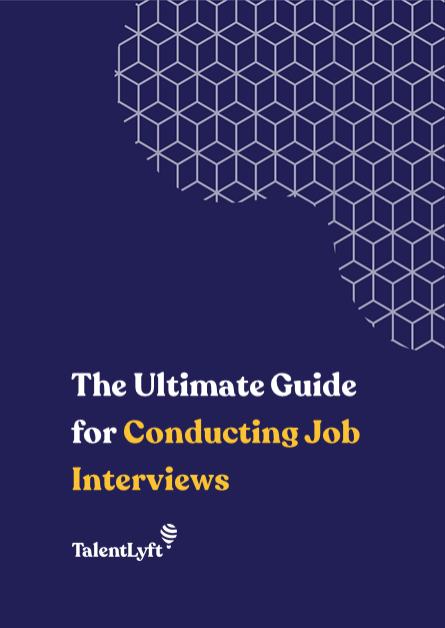
Discover what is a realistic job preview and why you should make it a part of your hiring process. Tips for creating an effective realistic job preview included!
Discover what is a realistic job preview and why you should make it a part of your hiring process. Tips for creating an effective realistic job preview included!
If you're not sure what a realistic job preview actually is, welcome to the club. 🙂
In this article, we'll explain the benefits and why you need to use a realistic job preview to vet your new hires.
If you decide this is something you need in your recruitment process, this article also explores how you can create a realistic job preview and what you need to include to ensure it fits your recruitment process for your team and candidates.
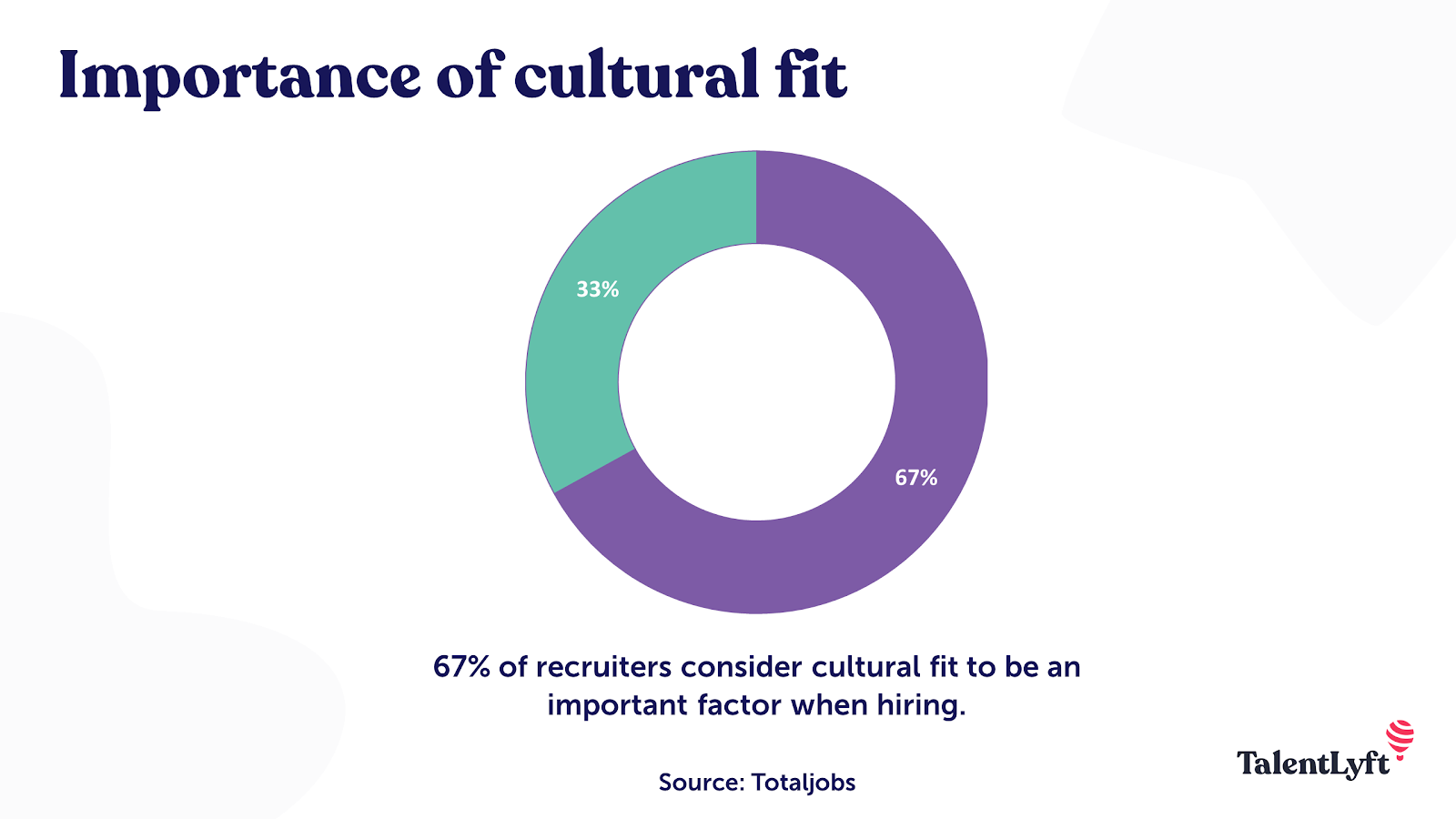
➡️ A realistic job preview is a way to give an accurate overview of the good and the bad areas of any role, and the hiring company.
Sharing the bad doesn't mean you need to air your dirty laundry in public and share every negative thing about the company - hopefully, there's not many. What it does mean is that you need to share those elements that some people may enjoy, but others may not - depending on personal preferences.
For example, if the role requires a lot of travel to other countries, a younger candidate may love the idea; however, an older candidate with a family to look after may not. Your job preview is a chance to display both sides of the coin.
This preview helps to vet candidates so they have a clear idea of what they can expect. It lays out precisely what the job will look like, and gets both the hiring manager and candidate on the same page.
By giving candidates a clear idea of what the job looks like ahead of an offer, the hiring company will be proactively retaining talent. LinkedIn research shows that losing an entry-level employee can cost a company up to 50% of the employee’s salary, on average. There’s no questioning the financial benefits to retaining talent.

It is also a candidate self-evaluation tool. Someone can see all the skills that will be expected of them, not just the experience and knowledge they have. In understanding this, a candidate can align their own skill sets, both hard and soft, with those displayed in the job preview.
It's an opportunity for a candidate to explore if they think they'll be a fit for the role and company culture, as well as if they'll enjoy it.
At this point, you want to display appealing factors to someone applying for a particular role or within a particular field.
For example, Codility found that work culture, professional growth, and use of the newest technologies are the most important factors for developers with their "dream employer."
Identify the factors that are important for someone applying to the role you have available.
Despite the role, there are a few things you'll need to include in your realistic job preview to help a candidate get a 360 view of what they can expect.
It's essential to give an accurate representation of the working environment a candidate will experience, and the culture your human resources team has worked so hard to build. Let them know if they'll be walking into a flat organizational structure, a hierarchical one, or something else.
Try to give an insight into your company culture by showcasing how staff spends their free time, what they do at lunch, what they wear to the office, and how they interact with each other.
Have you created a very formal working environment, or is it more laidback and informal? All of these things are good to know before joining a company.

Many of these should be in the job description. However, we can't put every duty into one. It's a good idea to dive deeper into the role with a realistic job preview.
What will daily duties be? What small tasks will someone be responsible for that was not covered in the job description? Identify these and innovatively showcase them.
Try to map out what different departments and managers expect to see from the role. Of course, they're applying for a particular function, but they'll need to focus on different areas of that role when dealing with different people.
For example, what will finance teams expect of them? What is the CEO or top-level management expecting from this role? What about their hiring manager and the team they'll be working with most? Showcase it all.
Location, location, location. It's essential for an employee's general quality of life. Let them know about their primary office, as well as any other offices they'll be able to enjoy. Clutch research found that 30% of workers considered proximity to home as an appealing factor of a new office.
If you're hosting remote interviews, it could also be a good idea to showcase your office or coworking space at this point - you'll be surprised by how much it can influence someone's decision-making process.

No doubt your HR team has worked exceptionally hard in securing some fantastic perks and benefits for your employees and mapping out some promising personal development plans. Showcase them here; they can help shine a positive light on your company in an area that's often overlooked until onboarding.
Whether you're hiring remotely, or for in-office staff, try to lay out some perks and plans that are important to your workforce. Retirement plans, health and well-being programs, education and personal development stipends, home office options, discounts & restaurant tickets, the list goes on.

Usually best done with video; however, if you don't have the resources don't worry - copy and images work well too. It's a good way for a prospective employee to get a more in-depth insight into the people and teams they'll be working alongside.

According to research, companies with employee recognition programs have a 31% lower voluntary turnover. That's a pretty huge stat and says heaps for what it means to applicants. Layout how your employee recognition program works and what an applicant can expect from it.
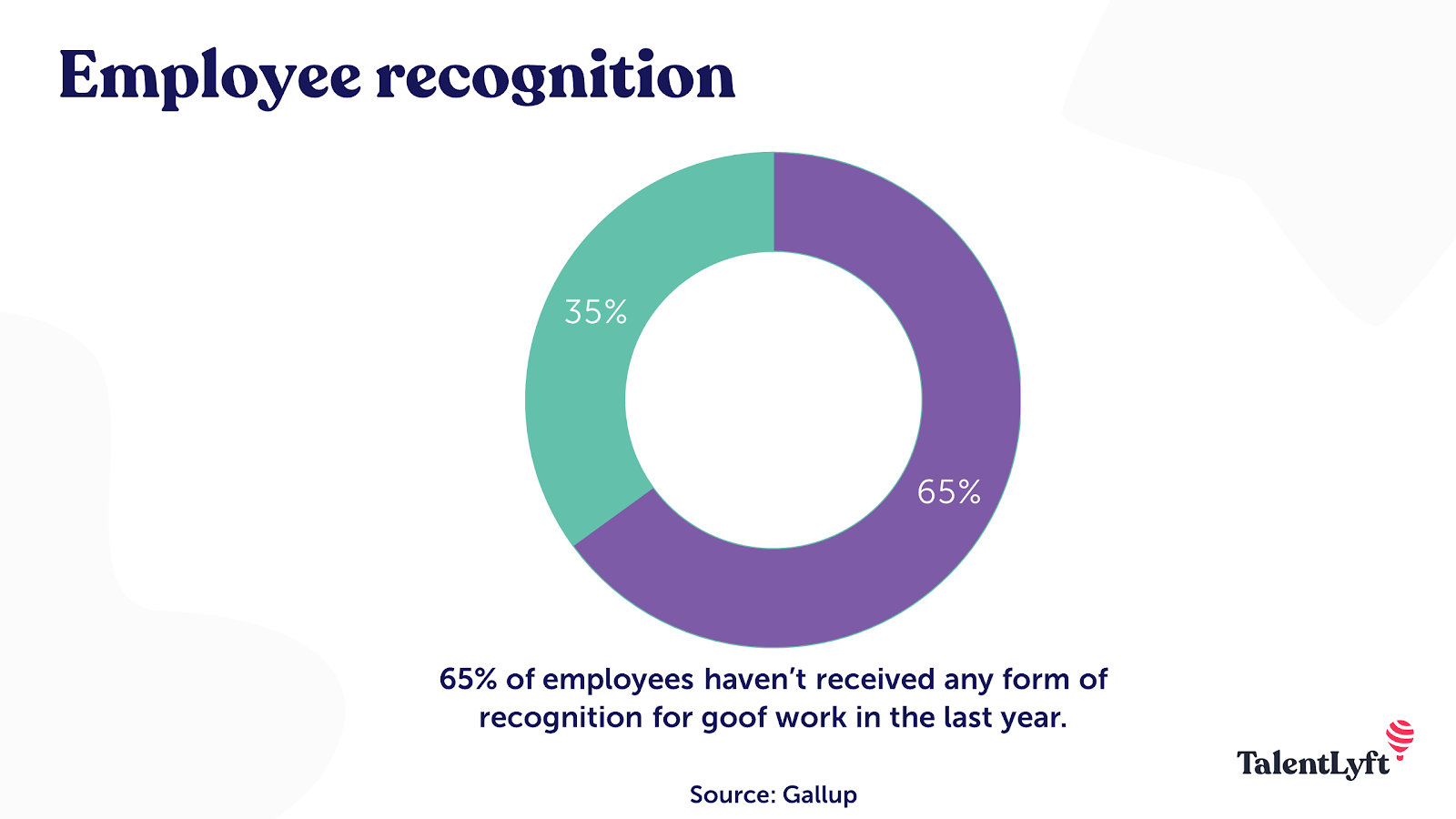
The task of creating a realistic job preview is best managed by an office manager or someone within your human resources team. Try to create a general template using the above points and leaving certain areas blank that you can adapt depending on the role you're hiring.
Managers can give a significant amount of feedback on what they think the company culture is like, expectations of new employees, and any reward schemes they have within their departments.
Ask managers what they think they can contribute toward the build of your job preview and give them some thinking points that they can expand.
These are so important in getting an accurate representation of company culture, a better understanding of what current employees deem as crucial to a role, and what they are thankful for from within the company.
Research has found that over 50% of employees feel their company does an average or below-average job of taking and acting on feedback; use this as an opportunity to change that statistic.
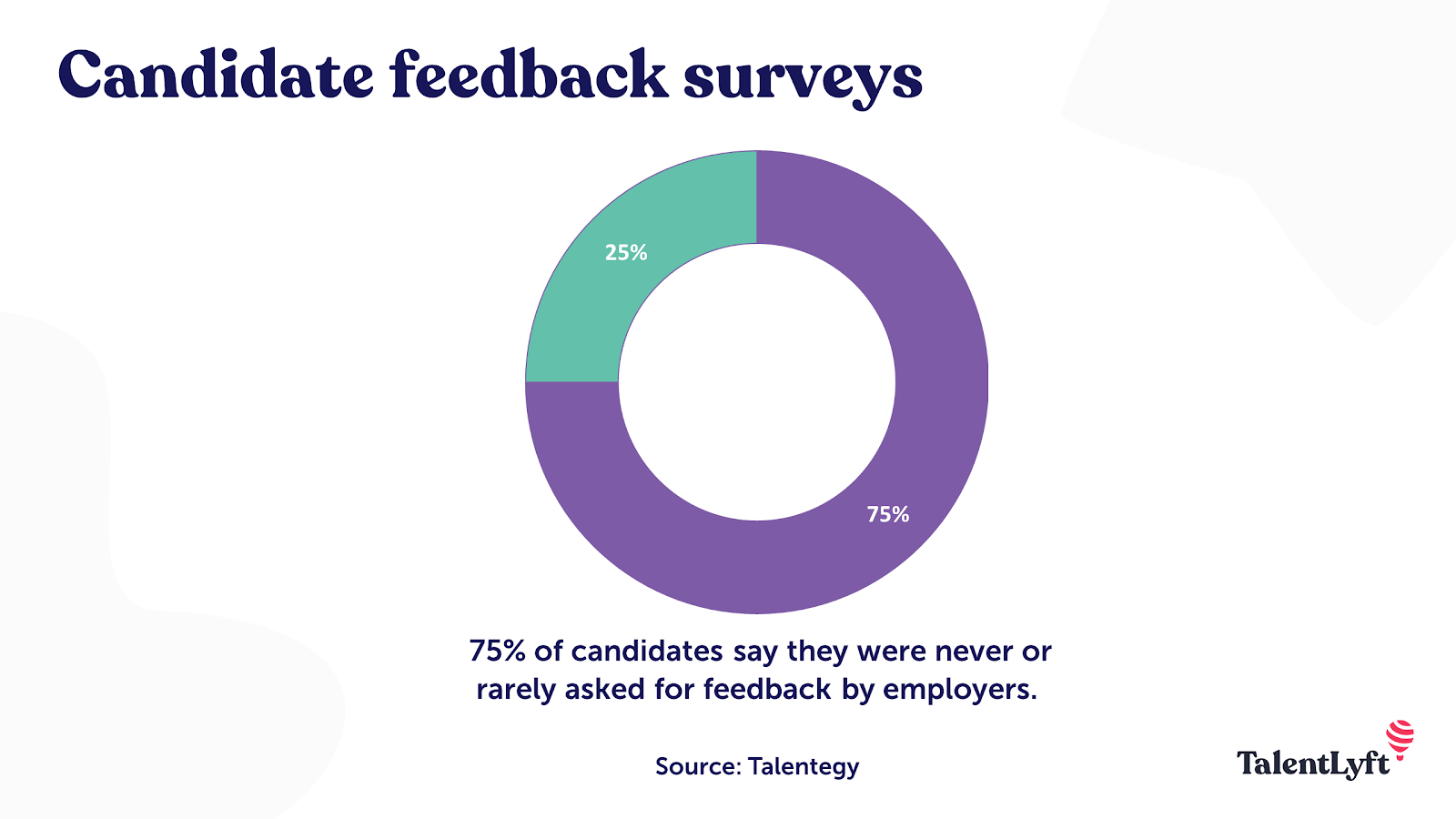
Some of these responses may surprise you, and it's best to manage the responses in a structured and confidential way. We'd recommend you create a human resource survey to manage the employee survey process and get the results you need.
We'll close out this guide with some food for thought. When do you want a candidate to see this realistic job preview? After all, it's a vetting tool - both for the employer and the employee.
A realistic job preview works well at either end of the recruitment process.
In presenting the preview at the beginning of the process, you're more likely to get candidates that have a better understanding of the role and the company. However, you may also miss out on a lot of talent that doesn't give the recruitment process a chance and could still be a good fit if they shift their mindset.
For example, someone may see the offices are only in Berlin and not want to move; however, if they'd joined the recruitment process, perhaps you would be open to remote work options.
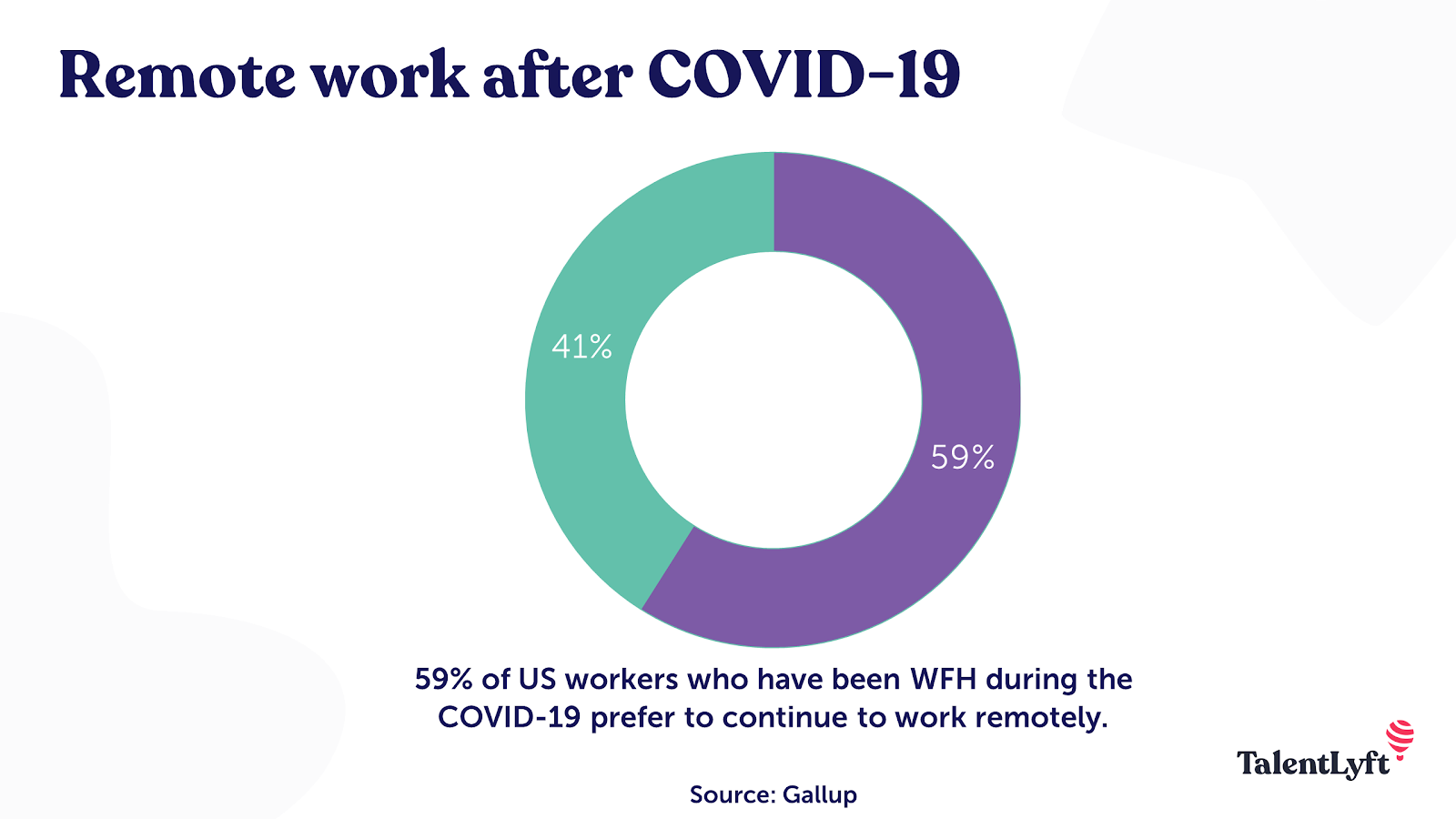
In presenting a job preview at the end of the recruitment process, you're more likely to get a higher number of candidates through the door, meaning you'll have options but will have more interviews and resumes to get through.
Lastly, you run the risk of losing great talent at the end of a process after spending a lot of time with them.
Whether you chose to present the job preview at the end or the beginning of a recruitment process, both have pros and cons. Consider what's right for your needs and what your recruitment team has the capacity to take on.
Hopefully, this guide has not only shed some light on what a realistic job preview is but has also given you some insight on how to create your own. Feel free to use a content type that works best for your brand. Realistic job previews can be in video format, but they can also be done via great copy and visuals.
What’s important is that you accurately portray the role for the candidate and ensure a happy, fulfilling working partnership for both.
Ray Slater Berry has been working in social media and content marketing for eight years. He specializes in the tech, innovation, and recruitment sectors. He is a writer for Typeform and is a published novelist with his first book, Golden Boy.


